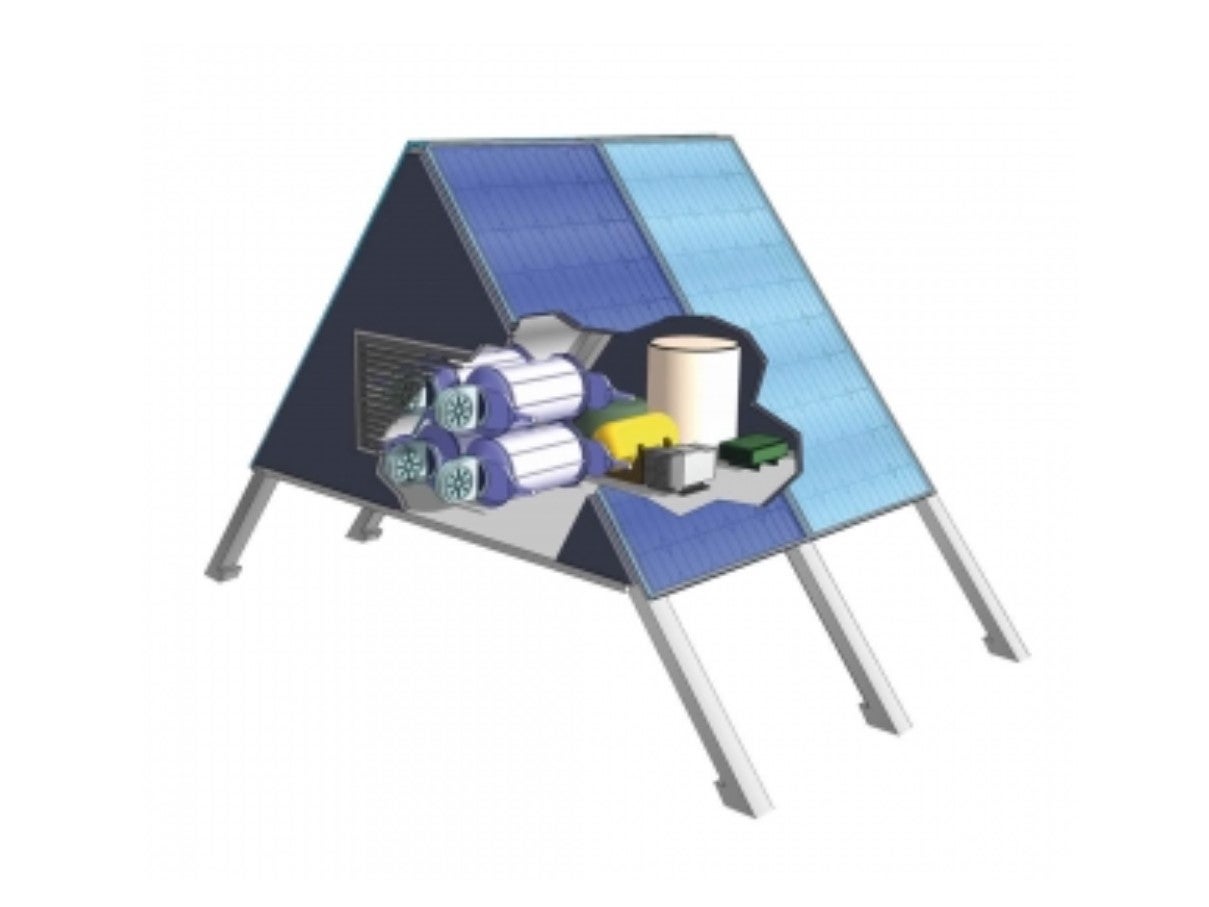Climate crisis: Modules that use Sun’s energy to remove CO2 from atmosphere set to deploy
Air capture technology uses 99.7 per cent less land than planting trees

A carbon capture startup has secured funding for its bid to remove 500 tonnes of carbon dioxide from the atmosphere over then next five years.
Australia-based AspiraDAC received $700,000 from a group of tech giants for its solar-powered, CO2-trapping device, marking the first time that such technology has had commercial backing.
The funding came from Frontier, a billion-dollar climate fund focussed on accelerating carbon removal. It was set up by payments firm Stripe and brings together Alphabet (formerly Google) and Meta (formerly Facebook).
“There’s broad recognition that net zero by 2050 requires not just carbon abatement, but carbon removal at the gigaton scale,” Julian Turecek, executive director at AspiraDAC, told the Sydney Morning Herald. “What Frontier is doing is helping to facilitate new technologies into that market.”
Developed by researchers at the University of Sydney and Southern Green Gas, the solar-powered modules work by using fans to pass air through C02-absorbing sponges. Once these are full, they are then heated and the gas is collected, compressed and pumped into an underground site.
Direct air capture technology uses 99.7 per cent less land than planting trees, according to figures from Southern Green Gas, and can also be used across vast areas of non-arable land.
Using renewable energy to power such devices is essential, as fossil-fuel powered sources would negate any cabon captured.
On last count, the concentration of CO2 in the atmosphere was 419 particles per million – this level is the highest in human history and the number is growing every year,” said Professor Deanna D’Alessandro, who oversees the university’s Sydney Sustainable Carbon Group.
“The push for net-zero is critical. However, net-zero is no longer enough according to the Intergovernmental Panel on Climate Change. All pathways that can lead to global warming of 1.5-2 degrees must include carbon removal to have an effect.”
The company plans to begin large-scale manufacturing in the coming months, and begin deployment of the solar-powered units before the end of 2022.
Read more on solar panels

Join our commenting forum
Join thought-provoking conversations, follow other Independent readers and see their replies
Comments